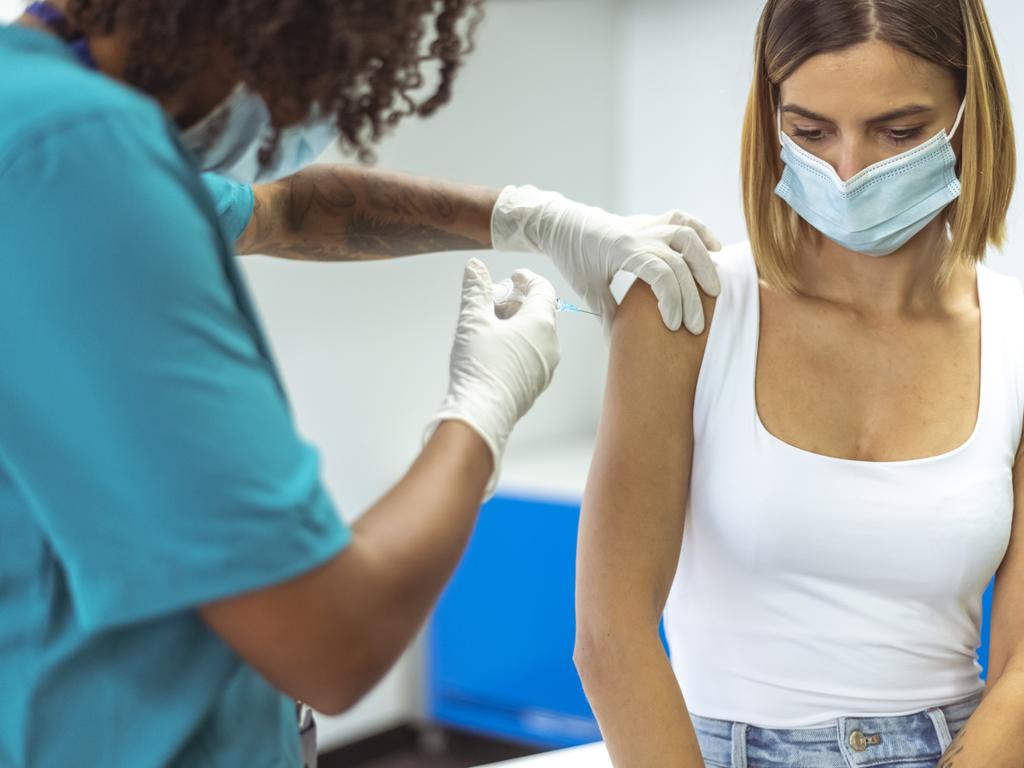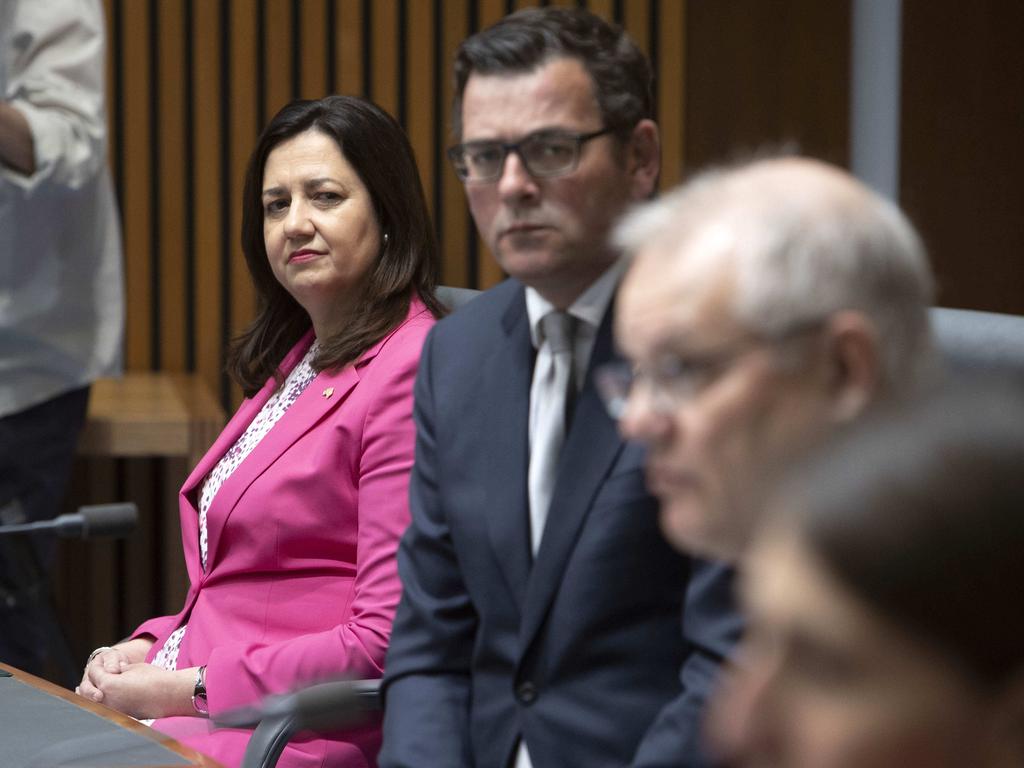
Last week The Economist Intelligence Unit, observing the city’s slump across the past 18 months, relegated Melbourne from second to eighth in its list of the world’s most liveable cities.
It’s hardly a surprise to anyone who lives here. In fact, it’s quite an indictment of the rest of the civic galaxy that it should remain in the top 10.
I lived for 11 years in Port Moresby, a colourful, hilly town just listed by the EIU as the world’s third least liveable city.
More recently, I have spent a couple of three-year spells working for this newspaper in Beijing, which Xi Jinping is seeking to elevate into the world’s capital city, to which all global infrastructure, including internet platforms, lead, just as ancient roads led to Rome.
Now my home is in Melbourne, proudly for many years the most liveable, or thereabouts.
But today it looks and feels like The Land That Time Forgot.
Instead, I’d be thrilled to be given the chance to fly out of here and roam around for a few days – if a Melburnian were again to be allowed in by the Papua New Guineans or the Chinese – in Moresby, which I relish for its sheer intensity of living and its glorious sunsets over Fairfax Harbour, or in Beijing, to be awed anew by Xi’s single-minded persistence as he purges it into a city encapsulating Communist Party puritanism.
Last year’s 112-day Covid Long March lockdown laid the centre of Melbourne city very low indeed. But Australians are a resilient mob, whether they were born in the country or not; that’s one of the attributes that attracted me to migrate here after my invigorating stay in PNG. So there was a lot of talk after last year’s marathon lockdown about how Melbourne might resurge.
In the years BC, Before Covid, demography being cast as destiny, the city seemed set on a course to surpass Sydney in size within a few years, as it had already seemed to have done in style. Many of us who live here had relished showing visitors around, and boasting to Sydneysiders and others from “lesser” Australian cities of the cosmopolitan, culinary, cultural, parkland superiority of our state capital. We had a true city centre, unlike Sydney, which has a load of water where that might be.
In recent years, when meeting friends in Sydney, I had derided the city’s inept and seemingly interminable effort to complete a single tram line down George Street while Melburnians travelled on more than 250km of lines.
We refused at first to accept AC, After Covid, the extent to which Marvellous Melbourne had lost its mojo. Now, after two further catastrophic lockdowns, it’s patent to all who may be allowed, or be willing, to risk venturing into Melbourne city centre: the odds are being stacked ever higher against its revival, with state and city governments weirdly adding to its manifest woes.
Heroic cafe, restaurant and pub workers struggle on, clever specialty shops and wonderfully comprehensive department stores still battle to survive, but vital signs are ebbing away because there are so few people coming in and the city centre’s population is fast diminishing.
Property platform Domain recently reported: “Melbourne apartment owners have offloaded inner-city units at losses of up to 40 per cent in recent months, as some apartments continue to sit empty, a year after Melbourne first went into lockdown.” And this was before the latest, most devastating, lockdown.

Melbourne City Council’s resurgence plans have included accelerating the building of bicycle lanes, thus removing large numbers of street parking spaces. It’s easier for cycling commuters to get in to work by bike – but their numbers have dwindled dramatically, many now especially determined to continue to work from home instead. Train and tram use has taken a big hit.
Besides the parking spaces taken out for cycling, many more also are being removed to allow cafes to spill outdoor dining from pavements out on to the streets. Temperatures in the past week fluctuated from 7C to a balmy 16C.
This is making travelling to the city for most families – who need or choose to come by car, despite the city councillors’ edicts – more difficult and expensive. Taxi ranks have been removed and Uber drivers struggle to find spots to pick up or drop off passengers. The alternatives to shopping in the city, suburban malls or online deliveries, appear easier and cheaper.
The council has endorsed the Victorian government’s decision – perhaps its most significant Covid-era contribution to city-centre life – to install a new injecting room in the heart of Melbourne. The Police Association Victoria secretary Wayne Gatt said about the way this was announced: “This appears to have been ripped from the scripts of Utopia,” the ABC satire.
Naturally, as the city’s former central sources of vivacity – commuters, students, tourists – subside, those on the margins, their suffering more palpable and visible, emerge more starkly.
Street life is occupied substantially by people with mental and drug challenges and by the homeless, whose challenges are never going to be addressed satisfactorily by those few passers-by with coins in their pockets and a spirit of generosity, although Big Issue sellers inject an occasional cheerful note of local commerce.

The Victorian government had funded a new arts festival, Rising, announcing last year: “It will take the place of the Melbourne International Arts Festival and White Night Melbourne, and is set to become a landmark Victorian major event.”
Postponed because of the Covid lockdown last year, it was about to start – with 113 events featuring 800 artists – when the latest lockdown was launched, forcing a second cancellation.
The National Gallery of Victoria had attracted from the Museum of Fine Arts, Boston, an exhibition of French impressionist works as its Winter Masterpieces showcase. The paintings are here on the gallery walls, but the NGV was forced to close until further notice.
The city council has succeeded in turning street art into a tourist attraction but it is finding it increasingly harder to persuade graffitists that their tagging is not also street art to be celebrated. The centre of Melbourne thus is plagued with grim, macho tagging – made easier as more street-facing shops and cafes close, and footfalls fade.
Earlier planning failures had inflicted blows to the city’s liveability that have been exacerbated by the lockdowns – especially in South Bank, with clumps of ever taller apartment towers presenting blank concrete faces at windswept street level, and in Docklands, with about half of shopfronts closed or vacant and thousands of apartments empty.

Valentine’s Day in Melbourne was a Locked Down Day. Ditto last weekend, with many restrictions remaining for its Queen’s Birthday holiday on Monday.
People are getting out of the habit of going into the city for special occasions. And who would risk coming from other states when the Victorian government stands ever ready to close Melbourne down “on health advice”? One is relieved, but puzzled, as to why the government doesn’t also turn suburban streets into freeways “on transport advice”, or abolish the presumption of innocence “on police advice”.
One answer to the Melbourne challenge might be to set up large, free park and ride facilities around the city outskirts. People could leave their cars there and catch constantly streaming buses to key central locations. The buses would be well designed, able to carry prams and wheelchairs, and bags of shopping, and take people back close to their cars.
But the relevant authorities seem to have their minds set on a perceived need to prevent people using cars – because they continue to conceive that apartment buyers and renters, tourists, students, city workers and businesses are still competing furiously for access to Melbourne’s CBD.
Those days have gone. Perhaps for ever.







Can Melbourne ever recover? Or is it now Covid and out for the count?